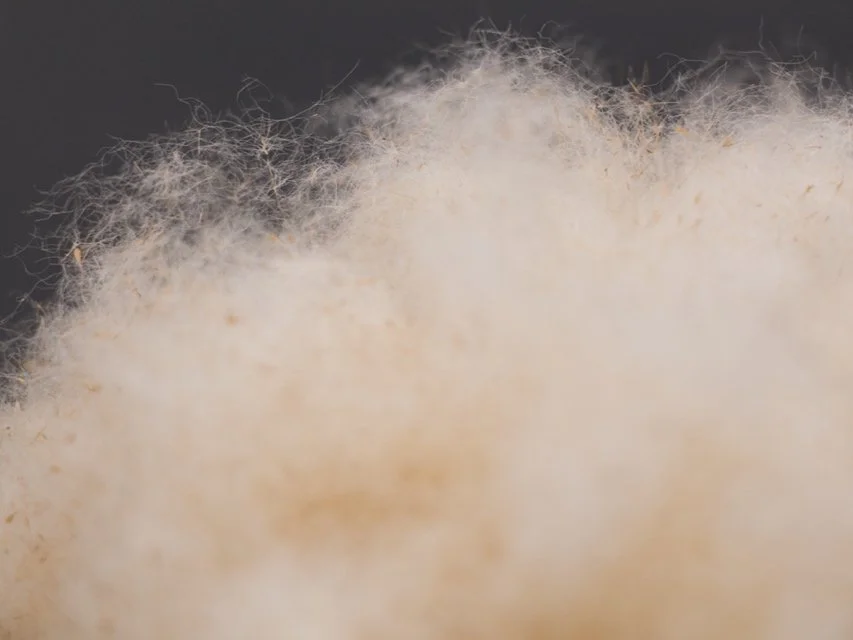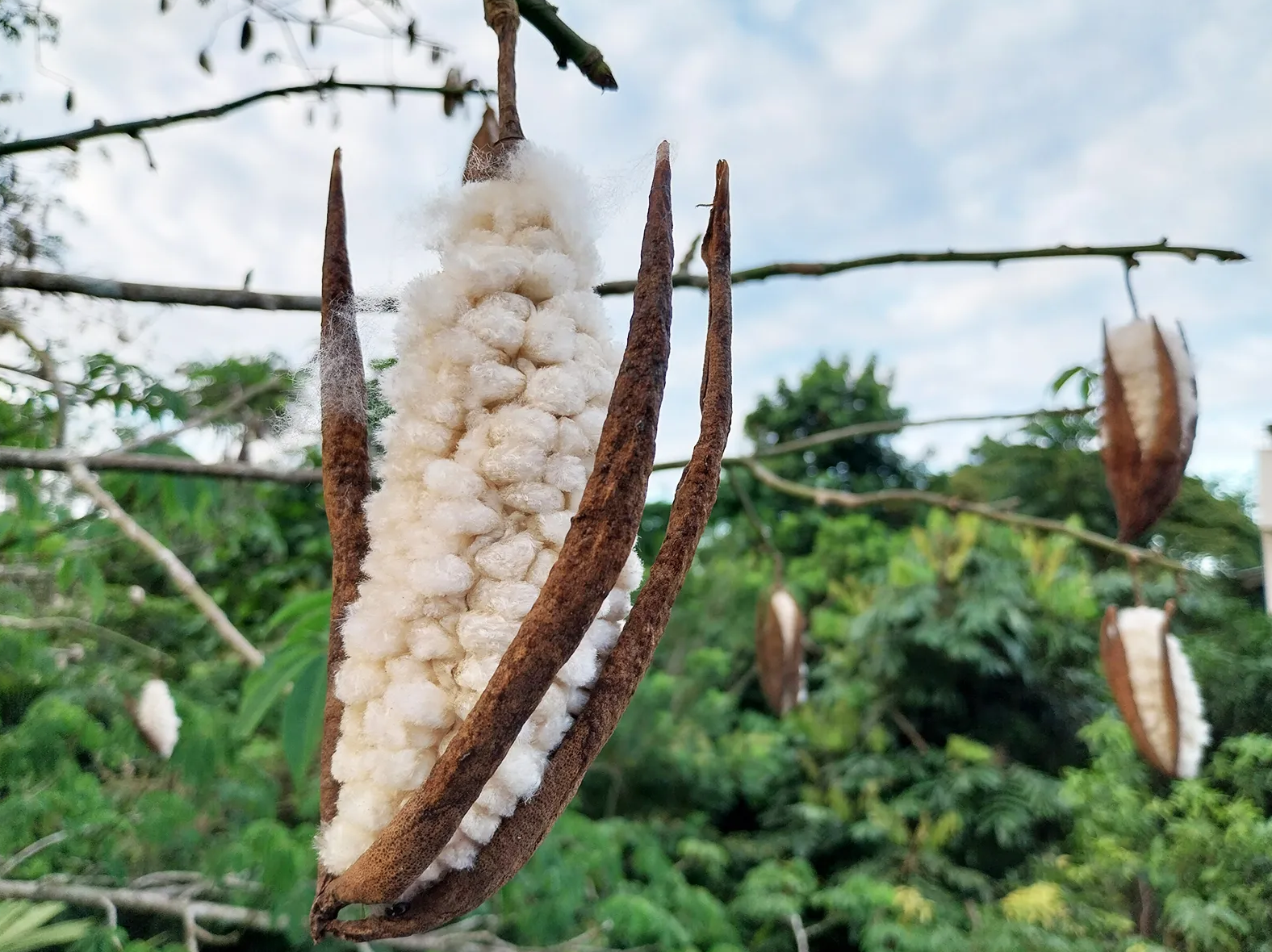Alternatives to down
The cold truth about down is that there is no ethical way to obtain it. With the technological innovation we have today, we can stay warm even in the coldest of climates without compromising our values.
These materials are free from animal cruelty, and are produced with minimal environmental impact.
If you're looking for material innovations still in development, explore our page on down alternative innovation at CIRCUMFAUNA.
BioPuff
BioPuff is a lightweight, warm and lofty material made from reed heads: no plastic or animal inputs.
Material producer Ponda Bio works with farmers to regenerate wetlands through the creation of this material, with research showing this not only supports biodiversity but the capacity for the environment to securely store carbon, combating rising global temperatures.
Kapok
This natural fibre is known for its excellent insulation properties, due to its uniquely hollow structure with air-filled cells.
The material also has natural water repellency because of a light waxy coating, which is important for maintaining insulation capacity in wetter conditions.
PrimaLoft Bio
This down alternative is able to biodegrade in under two years in accelerated landfill conditions, because of microbes within the fibre. After biodegradation this material transforms into water, carbon, biomass and humus.
The material remains just as warm as down, as well as water resistant.
Recycled synthetics
PrimaLoft and a range of other innovators also produce filling for jackets and other products made from recycled synthetic materials, including and most beneficially, those made from post-consumer synthetic materials. These are more widely available but not the optimal solution, even if they reduce some negative outcomes as compared to virgin down.
FLWRDWN
Created by Pangaia, Flowerdown (or FLWRDWN) is made of sustainably sourced wildflowers, which are made into a bio-polymer with the use of an aerogel made largely from recycled paper. This aerogel increases thermal insulation, and water repellency.
This material is completely biodegradable.
Want to keep learning?
-

The impact of wool
Wool is another common material used for warmth, which also comes with a variety of ethical and environmental concerns.
-

Decorative feather alternatives
It’s not only feather down insulation that birds are exploited for in fashion: ostriches and other birds are killed in fashion supply chains for fluffy feather trims. But, we have solutions.
-

Fashion's impact on water
While ducks are deprived access to water to bathe in within fashion’s feather supply chains, the industry also causes havoc to natural waterways.





